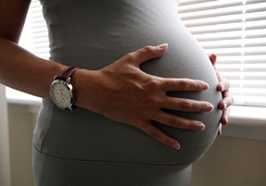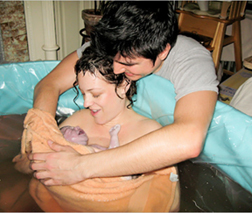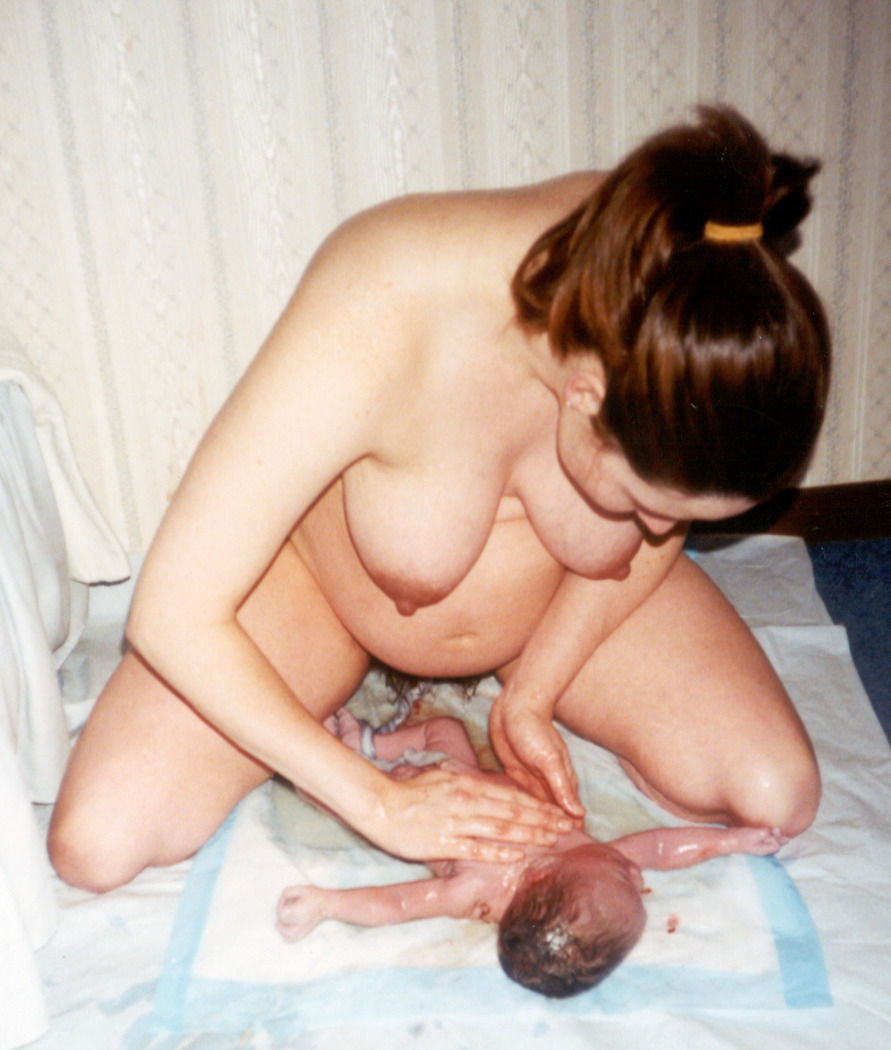To download the full CDC report, go to
http://www.cdc. gov/nchs/ data/nvsr/ nvsr58/nvsr58_ 11.pdf.
From the Abstract of the Center for Disease Control's Report:
Objectives—This report examines trends and characteristics of
out-of-hospital and home births in the United States.
Methods—Descriptive tabulations of data are presented and interpreted.
Results—In 2006, there were 38,568 out-of-hospital births in the
United States, including 24,970 home births and 10,781 births occurring
in a freestanding birthing center. After a gradual decline from 1990 to
2004, the percentage of out-of-hospital births increased by 3% from
0.87% in 2004 to 0.90% in 2005 and 2006. A similar pattern was found
for home births. After a gradual decline from 1990 to 2004, the
percentage of home births increased by 5% to 0.59% in 2005 and
remained steady in 2006. Compared with the U.S. average, home birth
rates were higher for non-Hispanic white women, married women,
women aged 25 and over, and women with several previous children.
Home births were less likely than hospital births to be preterm, low
birthweight, or multiple deliveries. The percentage of home births was
74% higher in rural counties of less than 100,000 population than in
counties with a population size of 100,000 or more. The percentage
of home births also varied widely by state; in Vermont and Montana
more than 2% of births in 2005–2006 were home births, compared with
less than 0.2% in Louisiana and Nebraska. About 61% of home births
were delivered by midwives. Among midwife-delivered home births,
one-fourth (27%) were delivered by certified nurse midwives, and
nearly three-fourths (73%) were delivered by other midwives.
Discussion—Women may choose home birth for a variety of
reasons, including a desire for a low-intervention birth in a familiar
environment surrounded by family and friends and cultural or religious
concerns. Lack of transportation in rural areas and cost factors may
also play a role.
In the last several decades, there have been considerable
changes in childbearing patterns in the United States. Historically, the
percentage of out-of-hospital births declined from 44% in 1940 to 1%
in 1969, and has remained about 1% for several decades (1–3).
Out-of-hospital births include those born in a residence (i.e., home
births), in a freestanding birthing center (i.e., one that is not part of a
hospital), clinic or doctor’s office, or other location. Some out-of
hospital births are intentional, whereas others are unintentional due to
an emergency situation (i.e., precipitous labor or labor complications,
could not get to the hospital in time). This report examines trends and
characteristics of home and other out-of-hospital births in the United
States from 1990 to 2006.
Methods
Data shown in this report are based on birth certificates for the
approximately 4.3 million live births registered in the United States in
2006, and equivalent data from previous years. Descriptive tabula
tions are presented and analyzed. Records where place of birth was
not stated were excluded before percentages were computed. This
report includes data on items that are collected on both the 1989
Revision of the U.S. Standard Certificate of Live Birth (unrevised) and
the 2003 Revision of the U.S. Standard Certificate of Live Birth
(revised); see ‘‘Technical Notes.’’ Data on place of delivery were
comparable between the two revisions, although the 2003 revision
added a new data item on whether a home birth was planned or
unplanned. Information from the new item is presented for the 19
states that had adopted the revised birth certificate by January 1,





